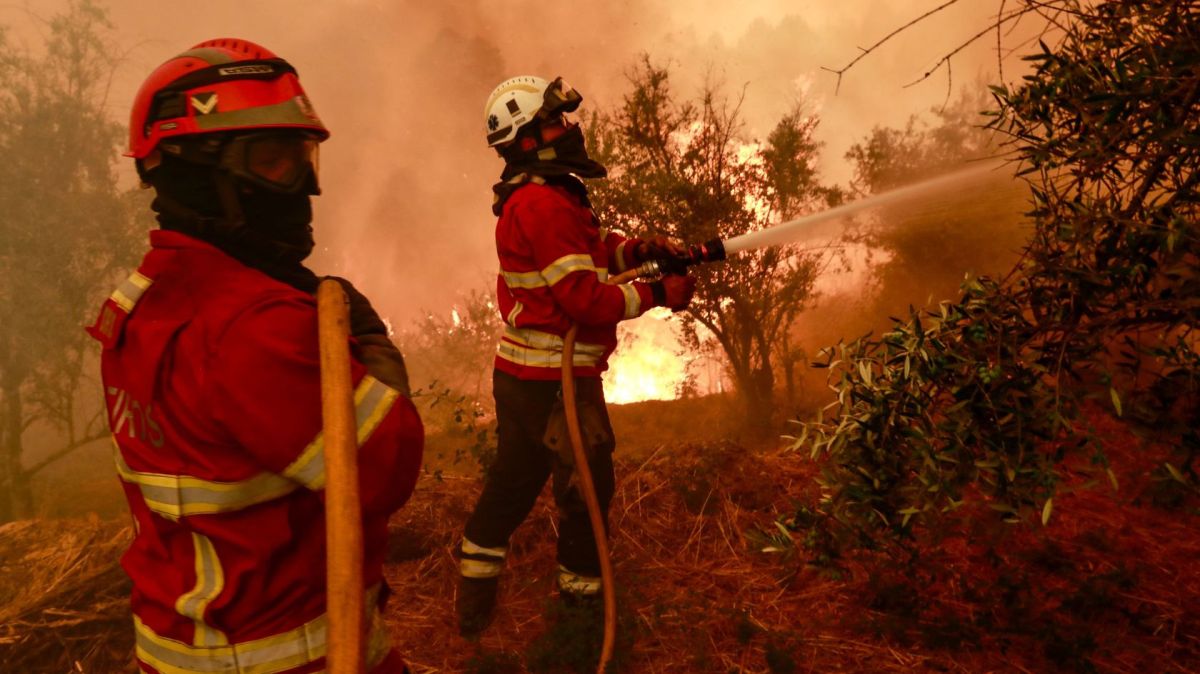The warning was made by the second Sub-regional Commander of Emergency and Civil Protection of the Beiras and Serra da Estrela Region, João Rodrigues, on the sidelines of the presentation of the Special Device for Combating Rural Fires in that Intermunicipal Community.
In the Delta phase, with the greatest engagement of resources, from July 1 to September 30, 847 operators distributed across 224 teams will be on standby.
Starting today, 399 members of 81 teams will be deployed and during the month of June, there will be 152 teams and a total of 689 operatives.
The device mainly includes firefighters from the various corporations of the Intermunicipal Community of the Beiras and Serra da Estrela Region (CIMBSE), the Special Civil Protection Force, the Emergency Protection and Relief Unit (UEPS) of the GNR, the Institute for Nature and Forest Conservation (ICNF) and AFOCELCA (a private company with its own device).
The sub-region formed by 15 municipalities in the districts of Guarda and Castelo Branco will also have four aerial resources for the initial attack, to which will be added an AFOCELCA helicopter.
“These resources are the same as last year, but we will have reinforcements for the expanded attack of aircraft through the use of retardants,” the official told the Lusa news agency.
João Rodrigues also stated that “the device is programmed to be flexible according to the risk of fire”.
“Depending on the risk, we will be able to increase or reduce the number of resources on the ground, beyond what is defined in the various phases of engagement. Only then will there be a more effective response in combat,” he considered.
Regarding expectations for the summer, the second-in-command of Civil Protection for Beiras and Serra da Estrela acknowledged that the region has had, “in recent years, a history of low burned areas and, therefore, there is an accumulation of biomass whose growth has not been kept up with by prevention and controlled fires”.
The heavy rainfall in recent months has also contributed to vegetation growing more quickly, which is a cause for concern for authorities and operators. For all these reasons, “there are conditions for more intense fires due to this accumulation of fuel,” stated João Rodrigues.















